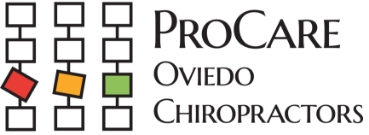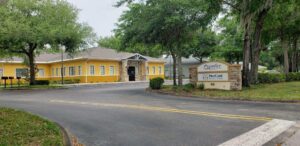Last week, we discussed sprains and strains. Next in our shoulder injury series, we are informing readers about shoulder fractures and dislocations. Today, we are sharing this valuable information to help those involved in a car accident restore range of motion.
Shoulder trauma:
 It is no surprise that car accidents cause a whole range of injuries. First off, we know how painful injuries may immediately be, and the pain can also creep up on you weeks later without showing any signs right after an accident. Whether or not you feel pain, it is in your best interest to seek medical attention.
It is no surprise that car accidents cause a whole range of injuries. First off, we know how painful injuries may immediately be, and the pain can also creep up on you weeks later without showing any signs right after an accident. Whether or not you feel pain, it is in your best interest to seek medical attention.
If you fail to do so, your insurance will not be of as much use to you and your wallet. No one wants to spend their vacation money on a quick trip to the emergency room. Instead, if you can hold out on being rushed to an emergency room, ProCare Health & Rehab Centers may examine and treat your injuries at a much lower cost.
Not only will a rehabilitation center such as ProCare make the most of your insurance claim money, you will also be treated with thorough care. Hospitals do not always have the availability to treat patients that do not show critical injuries in a timely manner. This means, emergency rooms may have a patient waiting for hours before ever being examined.
This can be dangerous if you have experienced a stroke or other internal injuries that do not show obvious signs externally. Call ProCare Health & Rehab Center’s Oviedo office for cost-effective medical attention and ongoing treatment plan to get your to where you would like to be.
Restoring original movement and strength is ProCare’s goal, and patients may even end up with more range of motion and strength than they had before their shoulder trauma. Now, let’s talk anatomy.
Anatomy of the shoulder:
Trauma to the shoulder is common because when we fall we tend to throw out our hands to protect the face. In car accidents, shoulder injuries are common as well. Most people will experience a shoulder injury to some extent at some point in their life.
Before we share more on shoulder injuries, we find it useful to explain the anatomy of the shoulder. The shoulder is made of three bones. There is the scapula, which many refer to as the shoulder blade.
Then, we have the clavicle, which we commonly call the collar bone. It got its name because this is the bone where a shirt collar lays upon. Lastly, we have a humerus, which is the arm bone.
The scapula, clavicle, and humerus are joined together by soft tissues to allow the arm to “work”. These soft tissues are called ligaments, tendons, muscles, and joint capsule. Check out our last article if you have not already done so.
There, we shared about two soft tissue injuries, a sprain and a strain. Moving on, the shoulder has three joints. Human shoulders have a glenohumeral joint, a acromioclavicular joint, and a sternoclavicular joint.
Restore range of motion:
 The main ball and socket joint that tends to become dislocated is the glenohumeral joint. The ball is the humeral head. The glenoid of the scapula is shaped like a golf tee. It does not keep the ball securely in place which is what makes the dislocations so common in this joint.
The main ball and socket joint that tends to become dislocated is the glenohumeral joint. The ball is the humeral head. The glenoid of the scapula is shaped like a golf tee. It does not keep the ball securely in place which is what makes the dislocations so common in this joint.
Follow up next time as we share about shoulder trauma fractures caused in car accidents. Do not hesitate to call ProCare even if you have already been seen by another physician. Long-term care is important to restore proper range of motion and strength after initial injury treatment.
Staff Writer



